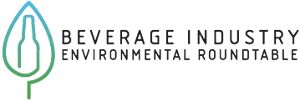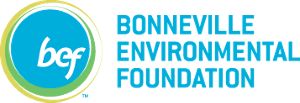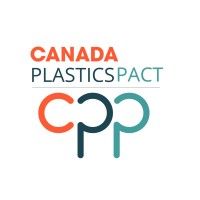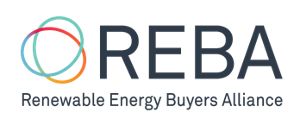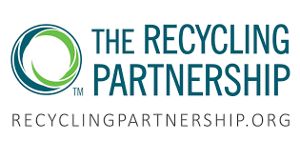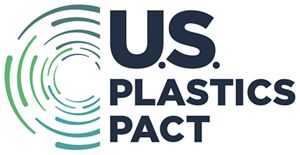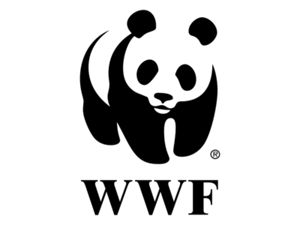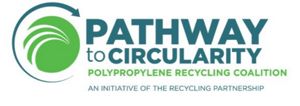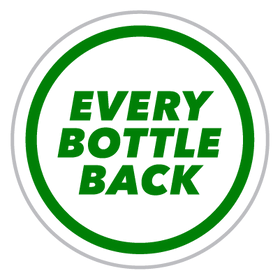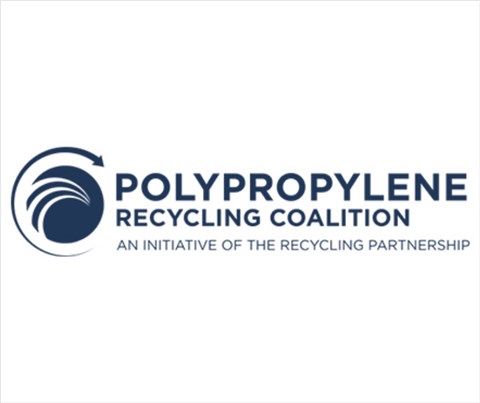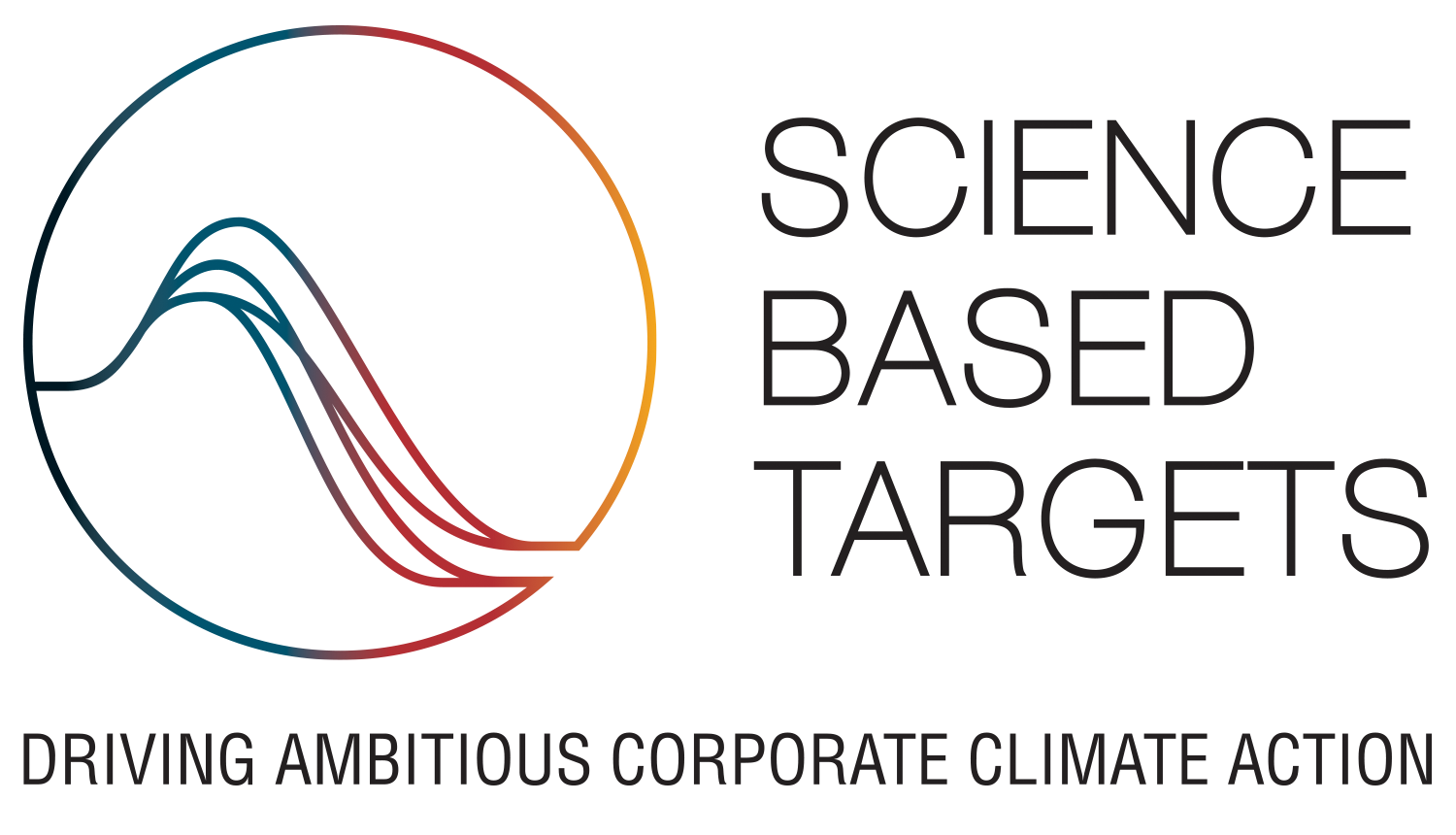CIRCULAR ECONOMY
Our material use strategy is centered on the advancement of circularity throughout the lifecycle of our products and packaging. We are committed to supporting the reuse, recycling, repurposing and composting of our products and packaging.
Circular Design & Innovation
We are continually innovating our packaging designs and processes to reduce our total material usage, incorporating more post-consumer recycled content, redesigning packaging to meet acceptance for recycling and exploring reuse and refill models.
In 2022, we completed the conversion of all Core Hydration and 16 oz. Snapple products to bottles made from 100% rPET plastic (excluding lid and cap), which helped to achieve 18% post-recycled content across our plastic packaging portfolio. These strides, along with several lightweighting accomplishments, helped to reduce our virgin plastic footprint by 11% versus the 2019 baseline. We are also creating and testing innovative packaging solutions that will further reduce our plastic footprint, including exploring a home compostable coffee pod and piloting scale trials of a bottle made of paper and organic materials.
Recycling Advocacy and Infrastructure Investments
In the U.S., inadequate investment and a patchwork of regulations and lack of minimum performance standards across more than 9,000 recycling programs is preventing economies of scale in our recycling systems and confusing consumers. That is why KDP supports smart policy solutions focused on efficient and equitable ways to increase material recovery, while reducing the economic and environmental costs of disposal. Further, KDP has co-founded three industry coalitions and works with a variety of partners to invest in initiatives that amplify both dollars and action for recycling infrastructure and consumer education throughout North America. In 2020, KDP co-founded and became the largest funder of The Recycling Partnership’s Polypropylene Recycling Coalition with the goal to increase the quantity and quality of polypropylene recovered and recycled in the U.S. In addition, we co-founded the Every Bottle Back initiative with industry peers, a collective under the leadership of the American Beverage Association, aimed at increasing plastic bottle recycling through a $100 million industry investment. In 2020, KDP Canada co-founded the Circular Plastics Taskforce, dedicated to advancing the circular economy in Canada by optimizing plastics recycling through deploying optimization solutions in recycling and processing facilities.
Zero Waste to Landfill
Achieving zero waste to landfill from our manufacturing facilities is an important part of our circular economy ambitions. This commitment involves reducing, reusing and recycling our waste in creative ways. In 2022, we kept 92% of manufacturing waste from entering landfills and maintained zero waste to landfill at multiple manufacturing sites.
CLIMATE, EMISSIONS & ENERGY
We have set climate targets across our value chain that will reduce our greenhouse gas emissions while building climate resiliency. Our current 2030 emissions-reduction targets, validated by the Science Based Targets initiative (SBTi), are aligned to levels required to meet the Paris Agreement climate change goal of limiting global warming to well below 2°C.
Our Climate Strategy
We focus on several strategic areas specific to climate that are important to our business:
- Pursuing energy and water efficiency in our operations and products
- Decarbonizing our fleet and manufacturing through renewable and low carbon energy sources and technologies
- Using climate scenario risk analyses to build climate resilience into our operations and supply chain
- Engaging with our value chain partners on our shared climate, water and circularity journey
WATER EFFICIENCY & STEWARDSHIP
Water is a vital natural resource and fundamental to our beverages. Because it is the primary ingredient in most of our beverages, we have a great responsibility to be strategic in how we use it, recognizing it is a shared resource. That is why we strive for water efficiency in our operations and implement community water stewardship and restoration projects.
Water Efficiency in Operations
At all of our cold beverage bottling sites, we focus on best practices for water use measurement and management coupled with ongoing improvement activities. Our water optimization team—a cross-functional team made up of representatives from engineering, sustainability, environment, health and safety and plant operations—is tasked with this continuous improvement including implementing water saving projects.
Water Replenishment
KDP has a goal to partner with our highest water-risk operating communities to replenish 100% of water used in our beverages produced at those sites by 2030. Through collaborations with local partners, KDP has conducted on-the-ground conservation projects that have enhanced watersheds, protected habitats and conserved water. This, in turn, is leading to long-term impact in watersheds that are critical to sustaining healthy ecosystems and strengthening climate resilience.






